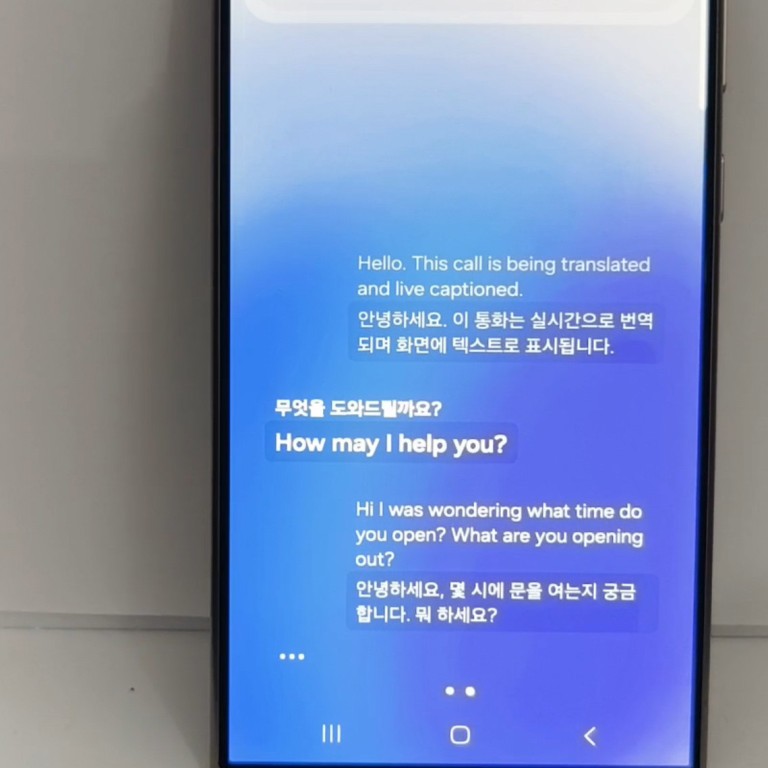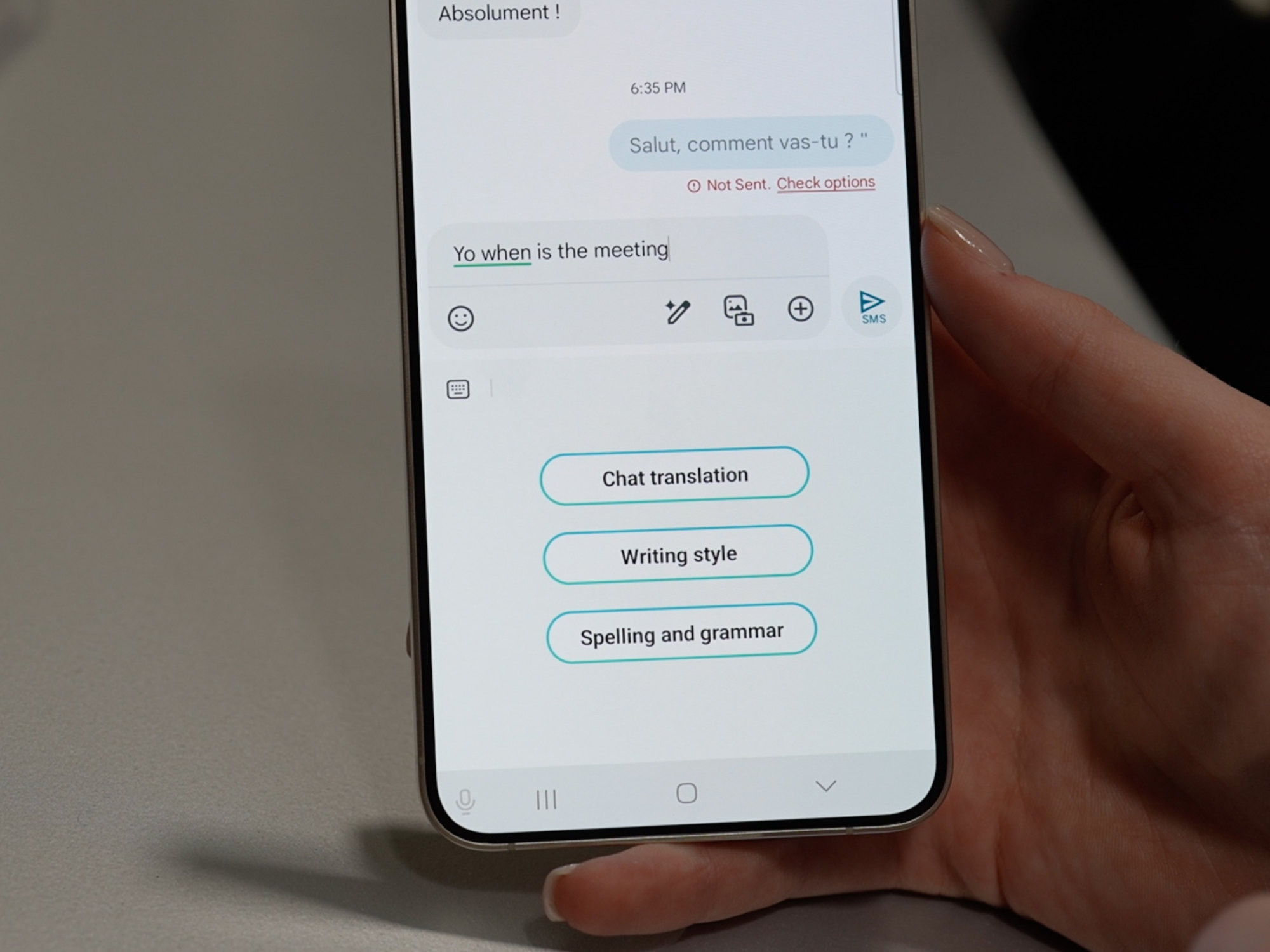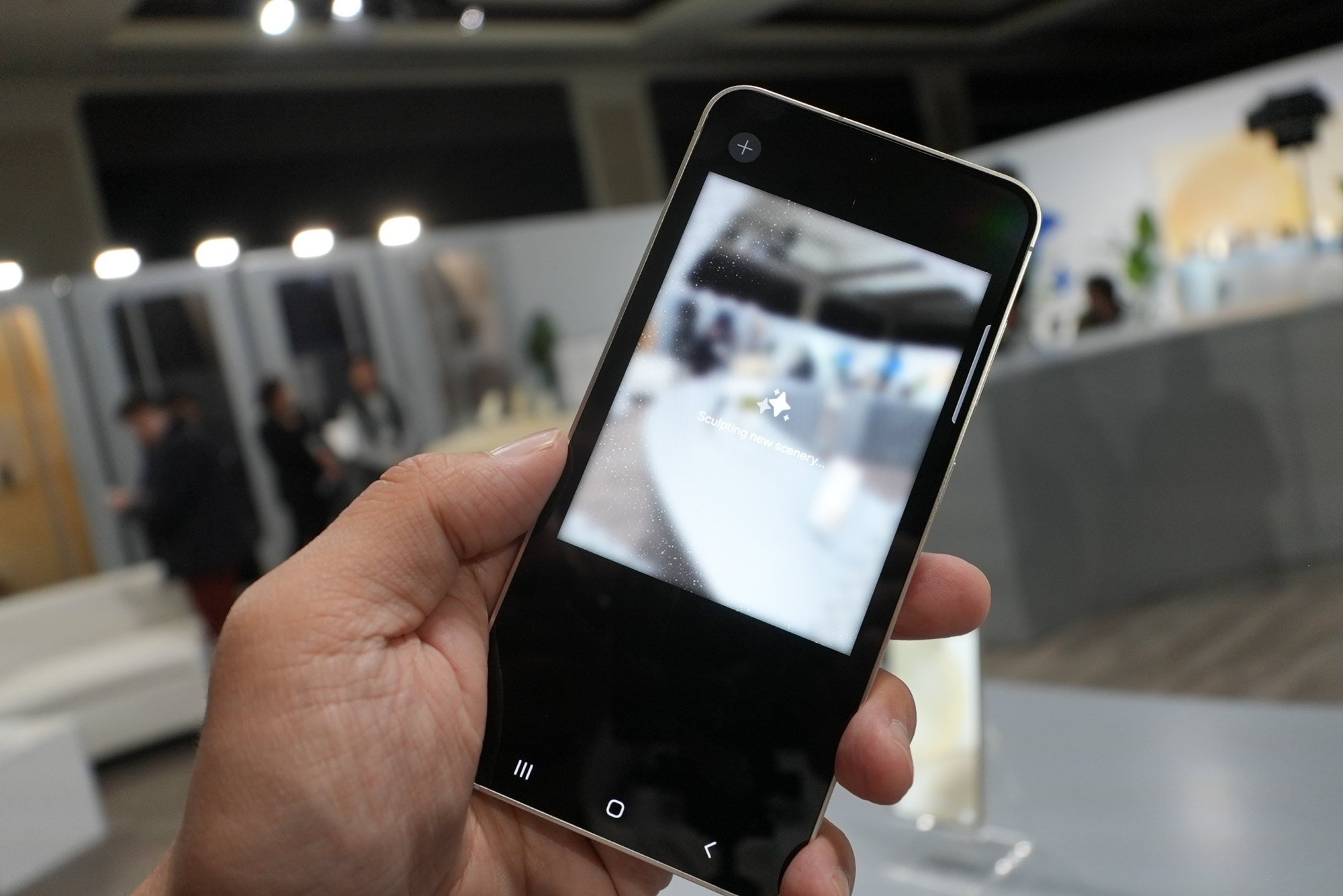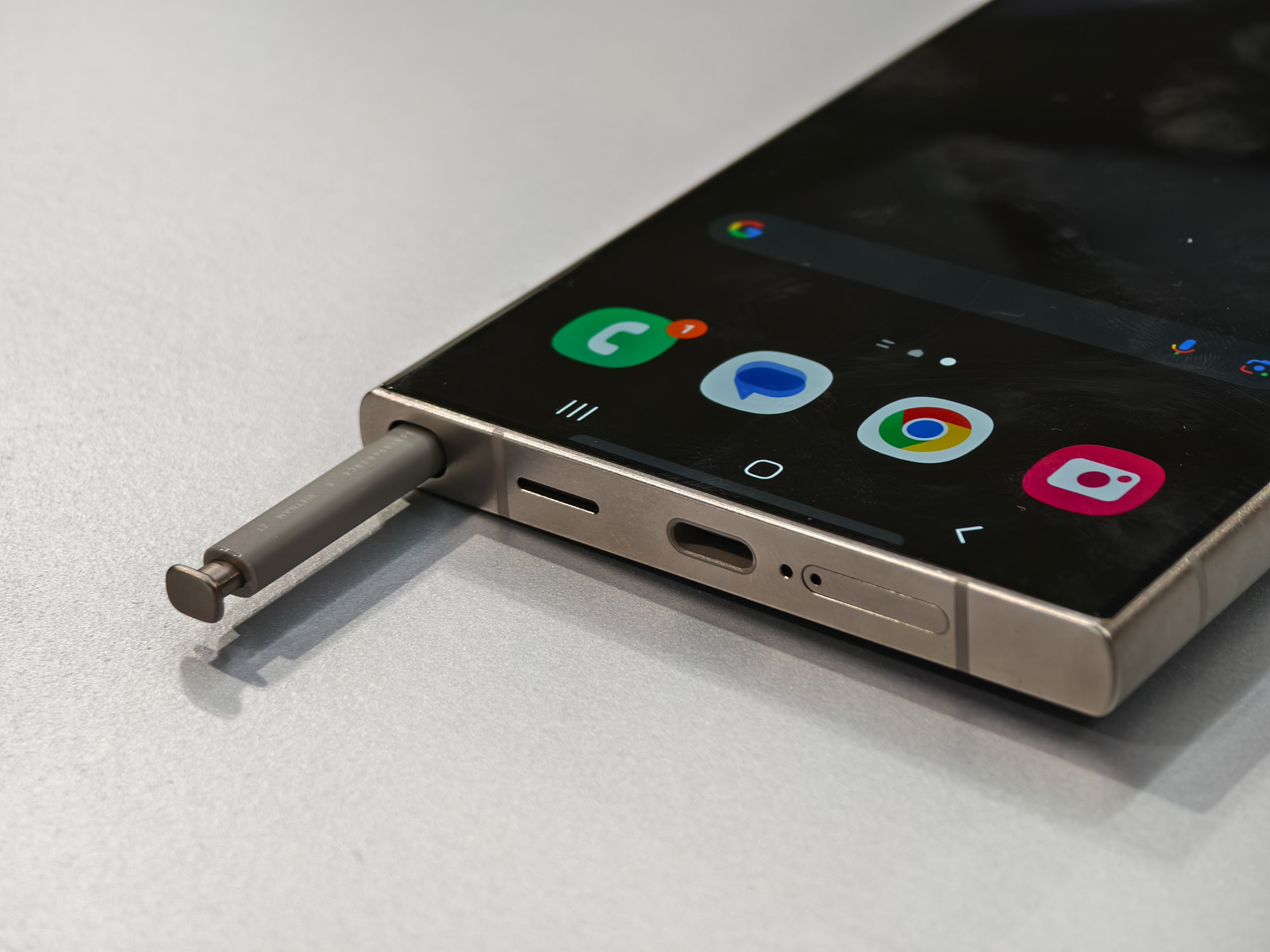
Samsung Galaxy S24 series smartphones first impressions: real-time generative AI written and spoken translation, and a 50MP periscope zoom lens
- The S24 phones all look similar to 2023’s models, and apart from a new periscope lens and chip, there are not many changes to the hardware
- The software is a different story: AI-assisted features include real-time spoken and written translation, enhanced photo cropping and slo-mo video conversion
Samsung’s new flagship slab phone series has just been unveiled in California, and like other consumer tech in 2024, it’s going all in on generative AI – artificial intelligence that can produce original text and pixels.
Google’s Pixel 8 phones got the ball rolling last autumn, and these new Galaxy S24 phones are the second line to offer generative AI entirely on device without the need of the internet.
While the AI features seem quite useful from my brief testing, the three S24 phones offer only minor, almost inconsequential, hardware upgrades over 2023’s S23 series.
Only makers of Chinese phones for the highly competitive domestic market are still pursuing new hardware every year. For the most part, phone brands that sell worldwide – Apple, Google and Samsung – have settled on iterative hardware improvements year-on-year.
Design and hardware

The Galaxy S24 series comprises three phones: the S24, S24+ and S24 Ultra. All three have almost the exact same design as 2023’s flagship Samsung phones.
There are subtle changes: the S24 and S24+ each get a very small increase in screen size, to 6.2 inches and 6.7 inches respectively, while the S24 Ultra’s 6.8-inch display is now entirely flat, losing the curved sides that have been a signature of Samsung phones for the past eight years.
How AI development has fostered a digital ‘sweatshop’ in poor countries
The S24 Ultra also has a new titanium frame (the other two phones in the series stick with aluminium). All three get new colours and the expected new silicon, a Qualcomm Snapdragon 8 Gen 3 chip.
The Ultra model also has a new periscope zoom lens, a 50-megapixel model offering 5X zoom compared to last year’s 10-megapixel, 10X zoom lens. Yes, you read that right – the new lens has a shorter optical zoom range, but it’s not a downgrade because it has a larger sensor and more megapixels, which allows Samsung to use in-sensor crop technology to get a lossless 10X zoom image.
That’s mostly it as far as new hardware is concerned; everything else, from battery capacity to memory to display resolution, is mostly unchanged from the previous generation of Samsung flagship phones. The 2024 phones are almost all about software innovation.

Software and features
The S24 phones ship with OneUI 6.1, an operating system based on Android 14, and it is this new software that brings all the generative AI features.
The most useful one, in my opinion, is real-time two-way translation for both written text and spoken word. The latter works in phone calls. For example, I can call someone who only speaks Japanese. What I say will be translated into Japanese for them, and what they say will be translated into English (or another language) for me.
Samsung puts Google AI in new flagship phones to fight Apple
All of this happens on-device without the need for an internet connection, and the wait to translate is only a few seconds, so it’s fast enough that it could be used in real-life scenarios.
The same translation software works in other Samsung apps, like the voice recorder or Samsung Keyboard. I could record a conversation in Mandarin, and transcribe it to French with a click of a button. Or I can type a sentence in English, and Samsung’s keyboard can turn that text into Spanish before sending.

Right now, the S24 phones’ translation features support 13 languages, including English, Korean, Mandarin Chinese, Spanish, German and Thai. Samsung says more languages will be available in future, including Cantonese.
Another AI feature that I find quite useful is generative AI photo editing. I can remove objects in a photo or move them around and the S24 will use generative AI to fill in the missing pixels – creating entirely new portions of an image.
There’s also the ability to turn any video shot with the S24 into a slow-motion video. This uses machine learning to create new frames (a method known as frame interpolation) so the video can move more slowly without appearing choppy.
During my brief hands-on time with the phones, all the aforementioned features worked as advertised, and while it’s true that none of these features are new per se – I can do these things with third-party apps or software – Samsung is putting all of them into the native UI of its phones, without the user needing to install apps, or pay for premium features, or send their data elsewhere.

Early thoughts
All the signs pointed to generative AI being the big buzzworthy thing this year (along with AR headsets) so it’s no surprise that Samsung went all in on its new devices.
I think the real-time translation and photo editing features will come in very handy, and I also welcome the Ultra’s new 5X zoom lens that should be great for portraits.

